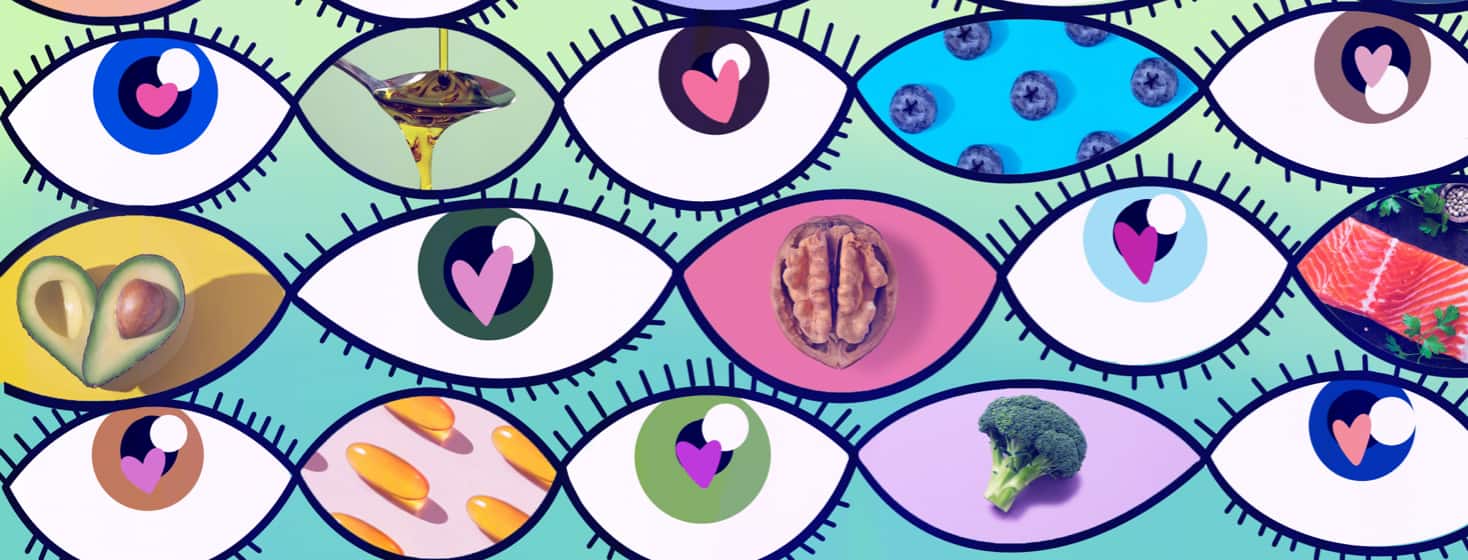Omega-3, Please
I have mild to moderate dry eye, and the severity of the symptoms varies literally with whichever direction the wind blows that particular day. I have the most success with managing my dry eye disease when my treatment plan aligns with my lifestyle choices.
At my last eye exam, my doctor and I decided to incorporate more omega-3 into my dry eye management plan. Not much of a supplement fan, I decided to be more mindful of my omega-3 intake by making some dietary adjustments.
Fatty fish
Omega-3 can be added in supplement form. However, I think getting it from whole food sources at least 2 times per week is best. Fatty fishes, like salmon, are the most common food source rich in omega-3.
Last year, my husband and I had a private chef come to our house for our anniversary, and he prepared the most delicious Tuscan salmon dish. This dish has been in regular rotation at our house ever since: pan-seared salmon in a creamy garlic butter cream sauce with spinach or kale, sun-dried tomatoes, capers, and parmesan cheese. We have enjoyed this plated over rice, potatoes, and even zucchini and squash noodles.
Flax and chia seeds
Flax and chia seeds may be tiny, but they are mighty when it comes to omega-3. These seeds can be added to any meal or beverage, or eaten alone. I personally like to add them as a salad topping or include them in my morning smoothie.
My favorite heladería has a pepino-chia agua fresca (cucumber chia water). I also like making a quick agua fresca at home with water, crushed ice, chia seeds, and fresh fruit (watermelon and pineapple are my favorite fruits to use). Chia seeds can also be soaked in milk (any kind will do) and made into an easy pudding that can be flavored and topped any way you choose.
Nuts, berries, and veggies
Walnuts have omega-3, and a handful can go a long way. An easy grab-and-go snack, nuts can be paired with cheese cubes, dried fruit, and tiny morsels of chocolate or greek yogurt-flavored drops. Berries like acai and blueberry, and vegetables like cabbage, cauliflower, broccoli, brussel sprouts and avocado, are additional food sources rich in omega-3.
Not just for eyes
Omega-3 fatty acids can potentially reduce inflammation in the body. This is one possible way to reduce dry eye symptoms in some people.1
Incorporating omega-3 into your diet through whole food sources, fortified foods, or supplements may promote not only eye health, but skin, heart, menstrual, and mental health, too. Omega-3 may also play a role in decreasing and managing cholesterol.2,3
Take a look at the research, though, as some studies differ on the impact of omega-3. And talk to your doctor about the best source of omega-3 for you.

Join the conversation